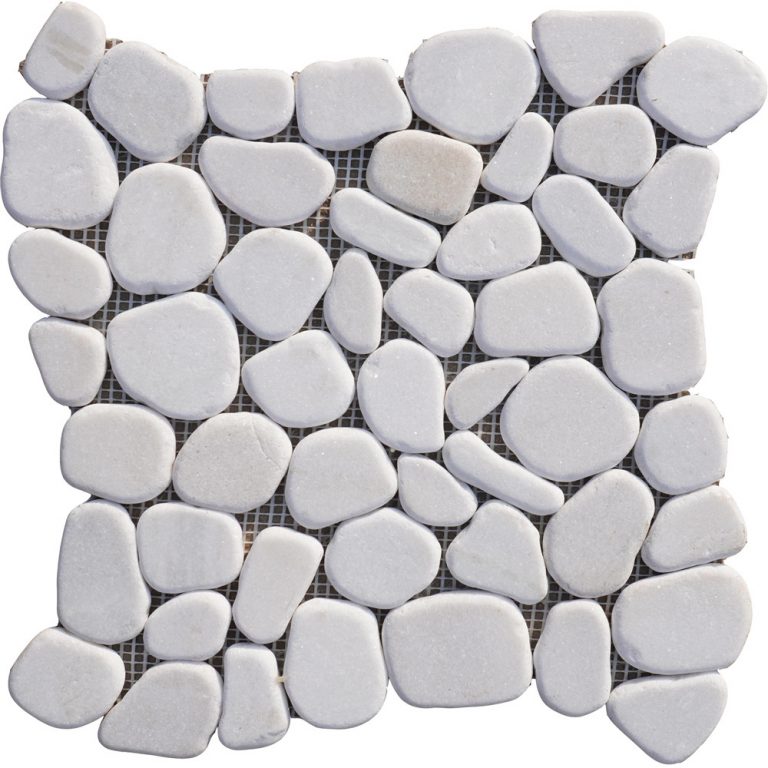Introduction
In the world of construction and design, the use of natural stone has always been synonymous with luxury, sophistication, and timelessness. However, the high cost, limited availability, and environmental impact of natural stone have led to the development of alternative materials that can replicate the beauty and durability of natural stone. One such material is cultured stone, which has gained popularity in contemporary design and architecture for its versatility, affordability, and sustainability. This article explores the evolution of cultured stone, its characteristics, applications, and the benefits it offers in modern construction projects.
Evolution of Cultured Stone
Cultured stone, also known as manufactured stone or faux stone, is a man-made material designed to mimic the appearance of natural stone. The concept of cultured stone dates back to ancient times when artisans used various techniques to create artificial stone for decorative purposes. However, it was in the 20th century that the modern production of cultured stone began to gain traction, driven by advancements in technology and materials.
The first commercially successful cultured stone product was introduced in the 1960s by a company called Owens Corning. This early version of cultured stone was made from lightweight aggregates, pigments, and cement, molded into shapes that resembled natural stone. Over the years, the manufacturing process and materials used in cultured stone production have evolved, leading to a wider range of textures, colors, and finishes that closely replicate the look and feel of natural stone.

Characteristics of Contemporary Cultured Stone
Contemporary cultured stone is a versatile material that offers a wide range of benefits for architects, designers, and homeowners. Some of the key characteristics of cultured stone include:
1. Appearance: One of the primary advantages of cultured stone is its ability to closely resemble the texture, color, and shape of natural stone. With modern manufacturing techniques, cultured stone products can replicate the look of a variety of natural stones, including limestone, granite, slate, and more.
2. Lightweight: Unlike natural stone, which can be heavy and difficult to work with, cultured stone is lightweight and easy to handle. This makes it ideal for a wide range of applications, including interior and exterior walls, fireplaces, and accents.
3. Durability: Cultured stone is a durable material that is resistant to weathering, fading, and chipping. It is also less prone to cracking and damage compared to natural stone, making it a long-lasting option for architectural elements.
4. Versatility: Cultured stone can be molded into a variety of shapes and sizes, allowing for endless design possibilities. It can be used to create intricate patterns, textures, and finishes that enhance the aesthetic appeal of any space.
5. Sustainability: Cultured stone is an environmentally friendly alternative to natural stone, as it is made from recycled materials and requires less energy and resources to produce. Additionally, the lightweight nature of cultured stone reduces transportation costs and emissions.
Roofing slate installation challenges of Cultured Stone
Contemporary cultured stone can be used in a wide range of architectural and design applications, both indoors and outdoors. Some common uses of cultured stone include:
1. Exterior Cladding: Cultured stone is a popular choice for exterior cladding on residential and commercial buildings. It can be used to create a natural stone facade that enhances the curb appeal and durability of the structure.
2. Interior Walls: Cultured stone can be used to create accent walls, fireplace surrounds, and feature walls in interior spaces. Its lightweight nature makes it easy to install and can add a touch of luxury to any room.
3. Landscaping: Cultured stone is often used in landscaping projects to create retaining walls, garden borders, and decorative elements such as fountains and outdoor kitchens. Its durability and weather resistance make it an ideal choice for outdoor applications.
4. Fireplaces: Cultured stone is a popular material for fireplace surrounds and mantels, adding a rustic and cozy feel to any living space. It can be customized to match the overall style of the room, whether traditional or contemporary.
Benefits of Contemporary Cultured Stone
The use of contemporary cultured stone offers a range of benefits for architects, designers, and homeowners looking to achieve the look of natural stone without the cost and limitations. Some of the key benefits of cultured stone include:
1. Cost-Effective: Cultured stone is a more affordable alternative to natural stone, making it accessible to a wider range of projects and budgets. Its lightweight nature also reduces installation costs and labor requirements.
2. Customization: Cultured stone products are available in a variety of colors, textures, and finishes, allowing for customization to suit the design preferences of the project. This flexibility enables designers to create unique and personalized spaces.
3. Low Maintenance: Cultured stone requires minimal maintenance compared to natural stone, as it is resistant to staining, fading, and weathering. Regular cleaning with soap and water is usually sufficient to keep cultured stone looking fresh and new.
4. Sustainability: Cultured stone is an eco-friendly choice for environmentally conscious projects, as it is made from recycled materials and requires less energy to produce than natural stone. Its lightweight nature also reduces transportation costs and emissions.
5. Versatility: Cultured stone can be used in a wide range of applications, from exterior cladding to interior accents, making it a versatile material for architects and designers. Its ability to mimic the look of natural stone allows for seamless integration into various design styles.
Conclusion
Contemporary cultured stone represents a modern approach to achieving the timeless elegance and durability of natural stone in architectural and design projects. With its realistic appearance, lightweight nature, durability, and sustainability, cultured stone offers a cost-effective and versatile alternative to natural stone. Whether used for exterior cladding, interior walls, landscaping, or fireplaces, cultured stone adds a touch of luxury and sophistication to any space. As technology and materials continue to evolve, the future of cultured stone looks bright, promising even more innovative options for designers and builders seeking to create stunning and sustainable structures.
